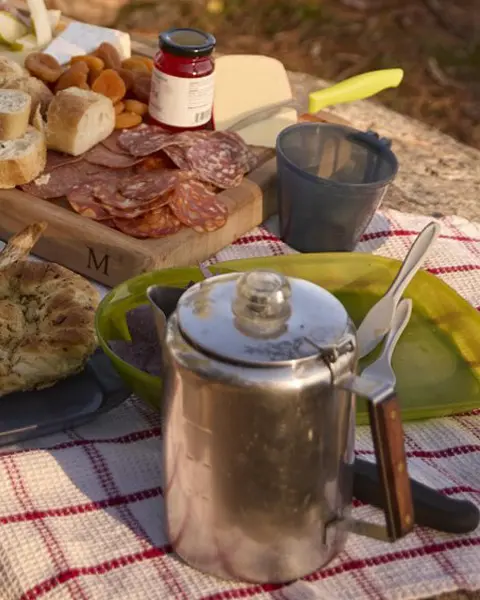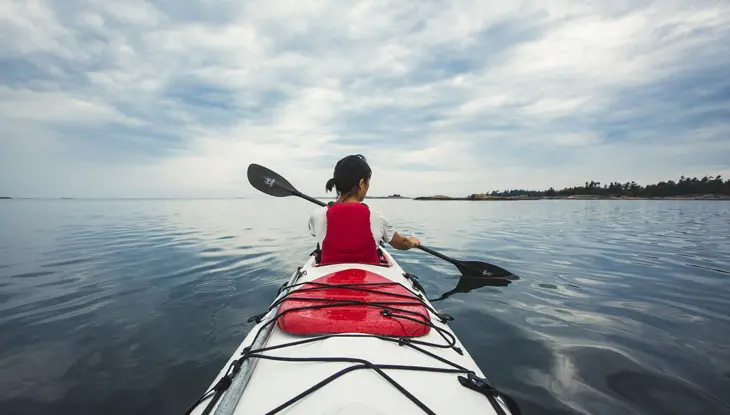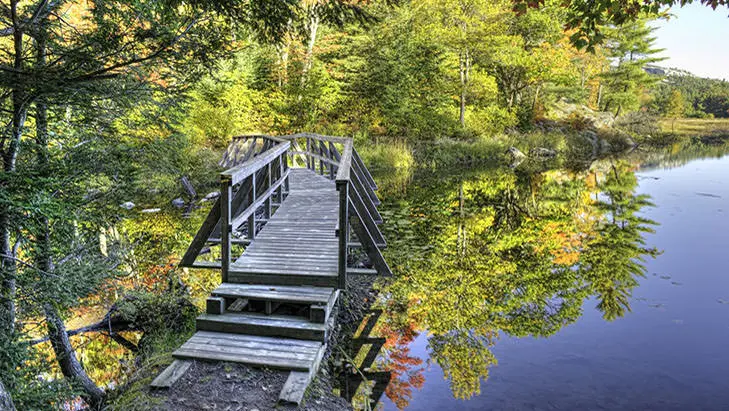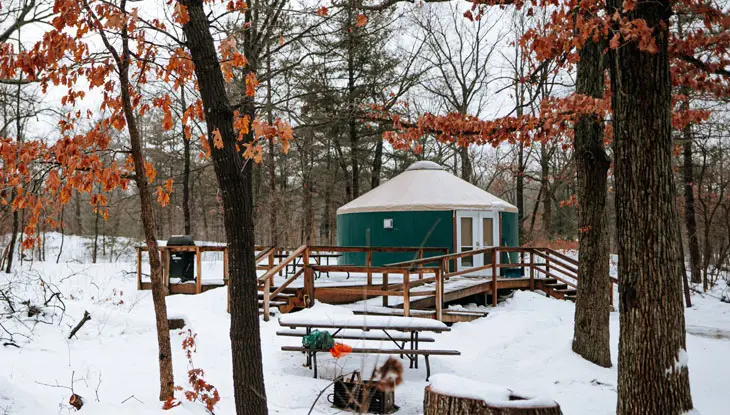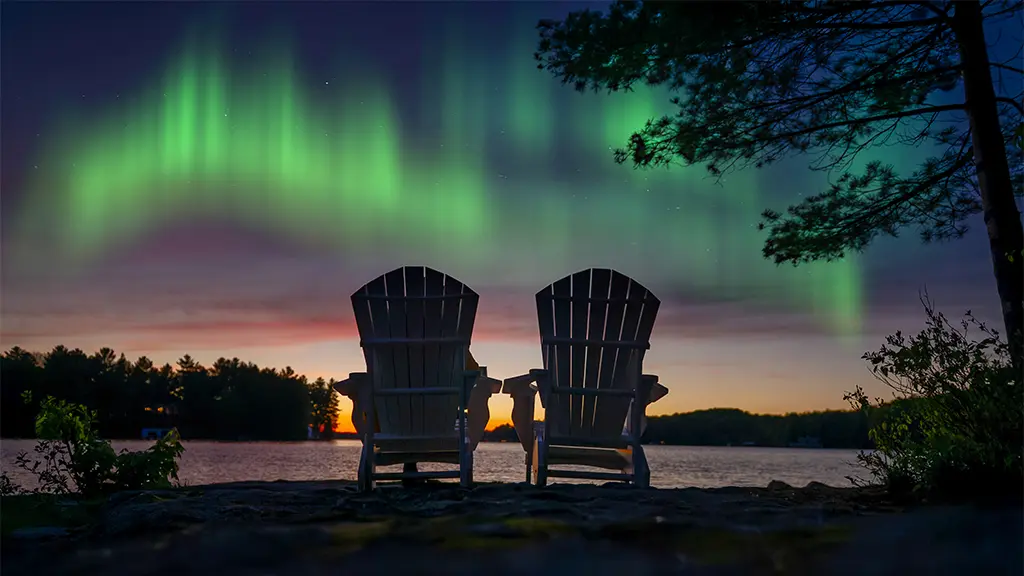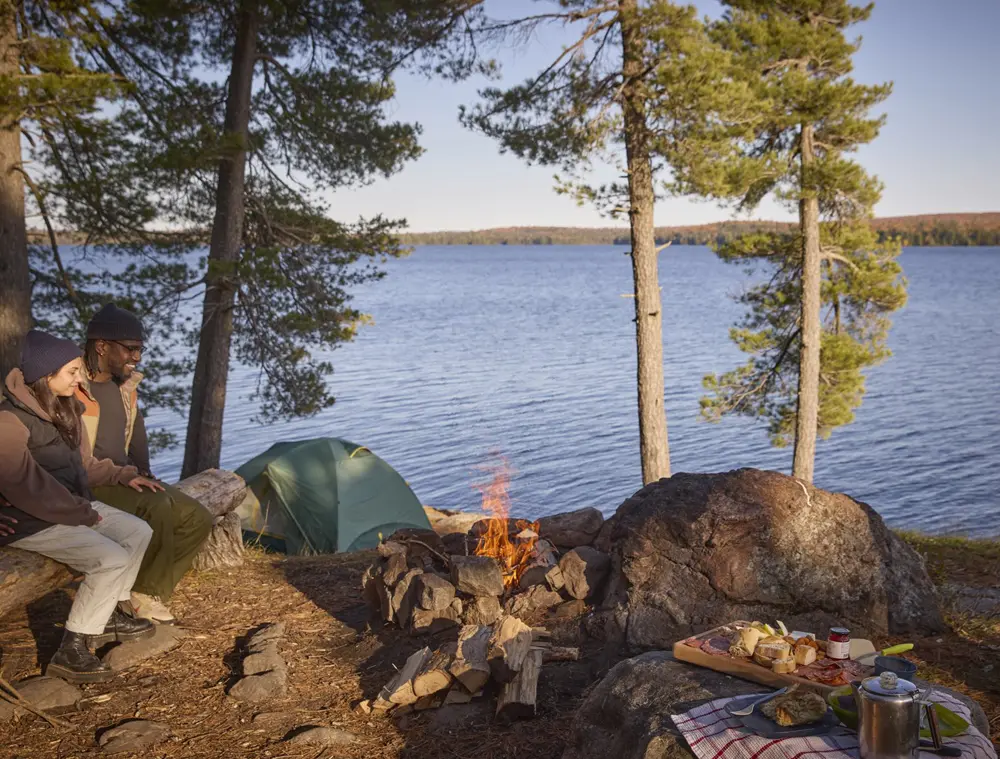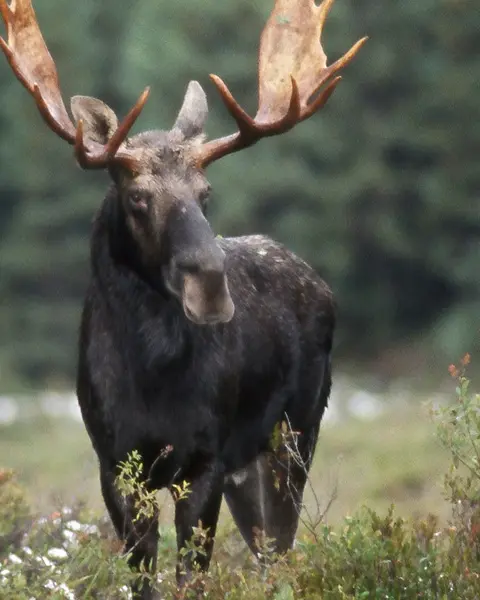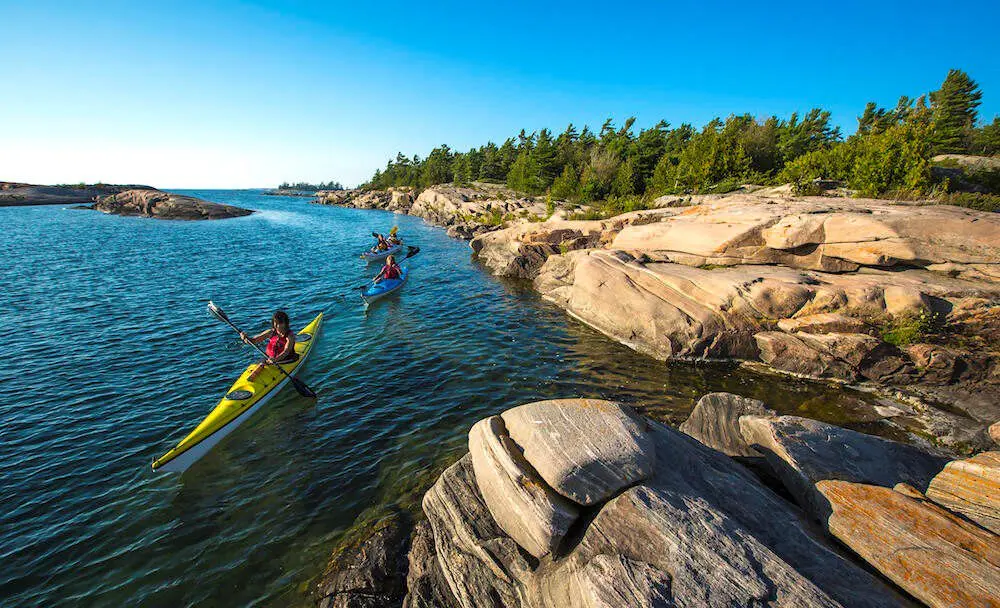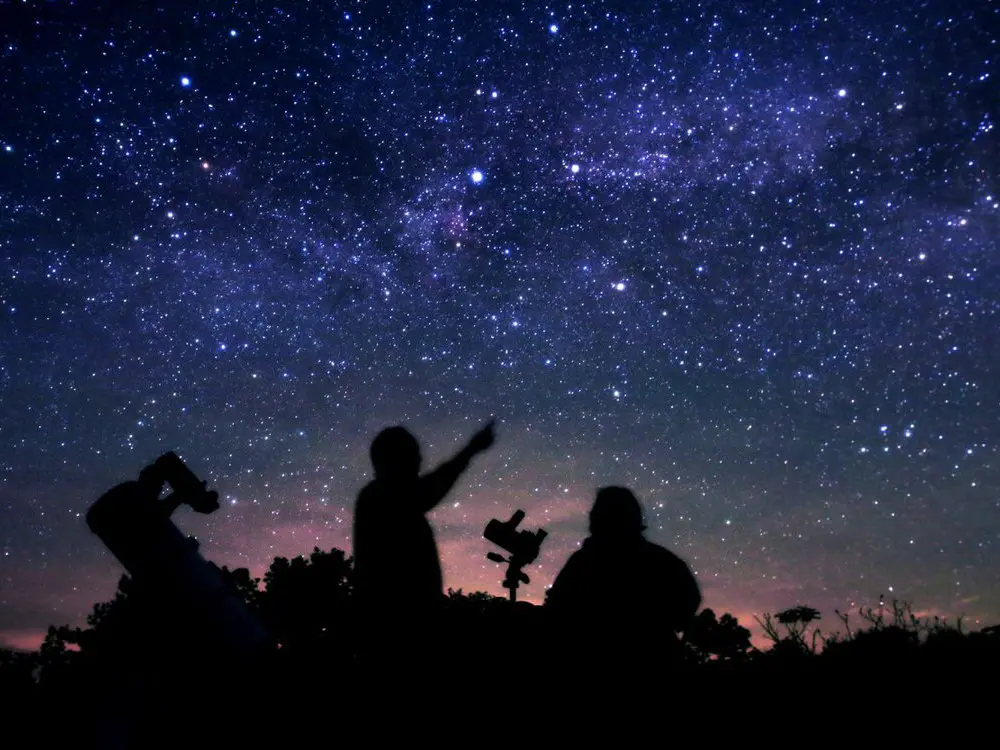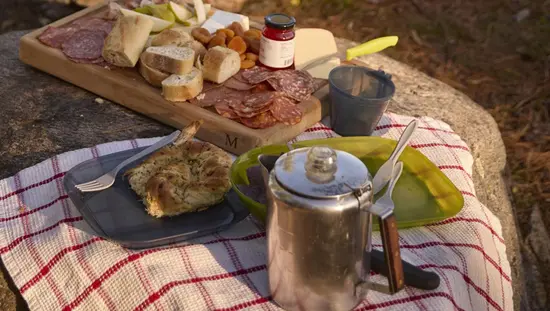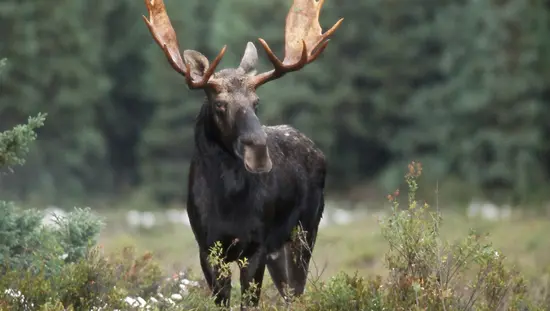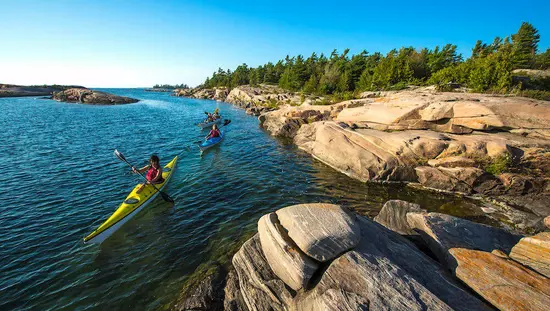Algonquin Provincial Park
Algonquin Provincial Park is renowned for its stunning landscapes, vast forests and thousands of interconnected lakes and rivers. Established in 1893, it was the first provincial park in Ontario and is one of the oldest in Canada.
This iconic park attracts nature enthusiasts and outdoor adventurers for a variety of year-round activities such as hiking, canoeing, camping and snowshoeing. Thanks to limited light pollution, stargazing is incredible, especially in the winter. With its rich biodiversity, Algonquin also offers excellent nature photography, wildlife viewing and bird watching opportunities.
Algonquin Provincial Park | Destination Ontario
How to get to Algonquin Provincial Park
Location: Highway 60, Whitney, ON
By car: Algonquin Park is best accessed by car. The Backcountry Access Points webpage has a full list of access points located along the periphery of the park.
By bus tour: Travelling Chicken and Parkbus provide transportation and group tours to Algonquin Park, departing from and returning to Toronto. Tours operate on select dates throughout the year.
Know before you go
Algonquin Park requires a daily vehicle permit to enter the park for day use. Obtain your daily vehicle permit up to five days in advance through the Ontario Parks Reservations page.
Availability of some facilities and activities may be restricted to specific areas of the park, may be ecologically dependent, or may be seasonally weather dependent. Get alerts for up-to-date information.
Things to do at Algonquin Provincial Park
Discover more activities and experiences.
Algonquin by land and water
Algonquin Park offers an array of outdoor activities. Adventure by foot, bike, paddle, ski or snowshoe through its 7,635 square kilometres of forests, bogs, lakes and rivers.
Discovery Program
Experience another side to Algonquin Park through Ontario Park’s Discovery Program. Check the park’s on-site bulletin boards for information on guided hikes, kids’ programs and more.
Algonquin Visitor Centre
Discover the park’s natural and human history at the Visitor Centre. Find a wide variety of books and products on natural and human history at the Friends of Algonquin Park Bookstore.
Algonquin Logging Museum
Learn the history of logging from the early days to modern forestry management. This experience includes a film and a visit to a recreated logging camp with machines on display.
Algonquin Art Centre
Canada’s top wilderness and wildlife artists are on display at the Algonquin Art Centre. Browse the Gallery Boutique for Canadian-made, eco-friendly gifts and souvenirs.
Articles and itineraries
Get ideas and inspiration for your next trip.

Interesting Facts about Algonquin Provincial Park
The Group of Seven, also known as the Algonquin School, memorialized the raw and rugged beauty of Canada through their unique style of landscape and urban paintings in the early 20th century.
Algonquin Provincial Park and area is known as “Tom Thomson” country. Although he died in mysterious circumstances in 1917, before the Group was officially formed, his influence on the Group of Seven was profound.
Last updated: September 25, 2025

